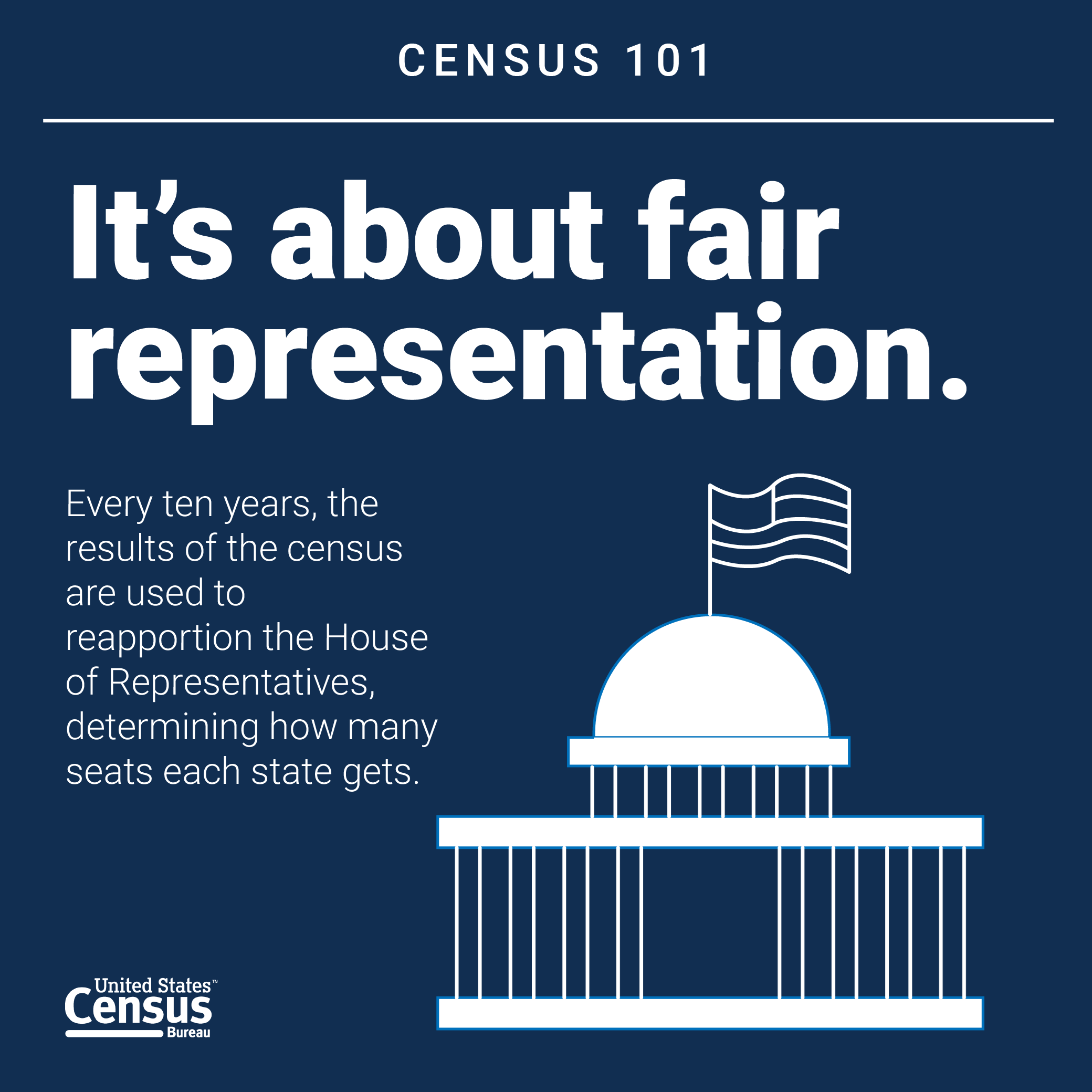Dallas County is launching the “Dallas County Counts 2020” campaign to encourage residents to fill out the U.S. Census and to inform them of key U.S. Census dates, procedures and general information to ensure an accurate count of all residents, especially those in communities that are traditionally hard to count. An undercount puts federal funding for Dallas County in jeopardy and affects development, redistricting and congressional representation.
The campaign’s focus on the hard-to-count audience will address misinformation, fear, lack of awareness and the importance of counting every individual. By motivating hard-to-count groups to take the census and dispelling misinformation that could dissuade certain populations from responding, Dallas County hopes to maximize federal funding, services, and development in local communities.
Dallas County Counts 2020’s mission is especially challenging because the decennial census process is new. It is the first time all residents will not receive the survey by mail but instead will be encouraged to respond online or by phone, with the option to request a mailed survey for those who want it. Having multiple options will prove critical as Dallas County contains numerous residents without access to broadband Internet, especially in the southern sector.
“We know what’s on the line – billions in federal dollars, congressional seats and the lines of redistricting over the next 10 years. Those are high-level impacts that result from an accurate count and our region garnering its fair share of resources. But they’re not necessarily topics that resonate with the hard to count,” said Sophia Johnson, President, ABI. “We have a responsibility to communicate the quality of life impacts that our neighbors will notice every day. Things like whether a grocery store is built in their community or if their local school has enough seats and classrooms for our children.”
Getting the message out is even more crucial in areas where the count has traditionally been low hard-to-count communities include all areas where 25% or more or of people failed to mail in their census in 2010. Hard-to count individuals are hard to locate, hard to contact, hard to interview or hard to convince to fill out the census.
They include families with children younger than five, immigrants, low-income households and ethnic populations like African Americans and Hispanics. There are 219 hard-to-count tracts inside or crossing into Dallas County with an estimated 1.06 million people living in those areas. The goal of the countywide campaign is to improve upon the self-response rate of 74 percent from the 2010 Census and to surpass the national average for this decennial count.
Dallas County Counts 2020 will widely distribute information about the census and aggressively target those segments of the population that are traditionally hard to count through segmented messaging, block walks, participation in community events, informational kiosks, marketing and social media messaging in English and Spanish.
The bilingual volunteers and staff of Dallas County Count 2020 will wear distinctive shirts as they connect with residents at events, retail locations, and door-to-door canvassing. Among the important messages to be conveyed is that a citizenship question is not included in the 2020 Census.
Although the question will not appear, the publicity surrounding the controversy last year has caused concern in communities that are already considered hard to count. Confidentiality of the information provided in the census is another area of concern, especially for Hispanics, immigrant populations and low-income communities.
They will have to be reassured that their information cannot be shared with anyone – such as other government agencies, a landlord or even social service agencies – and that it’s illegal to share their information for 72 years. Other key information that will be shared with Dallas County residents through the outreach efforts includes these important dates:
March 12-20—Census invitation arrives in the mail asking residents to respond by phone, by mail or, for the first time, online.
March 23—Online Census survey is available.
April 1—National Census Day. Dallas County Census 2020’s large scale activities kick-off. It marks the date by which all individuals will have received a mailed invitation to respond.
May-July— Enumerators will begin visiting homes that have not responded to the census.
July 31—The 2020 Census is completed this year, only a small percentage of households will receive a paper form to fill out. The invitation that will come in the mail to most households will include instructions on how to respond to the census online or by phone, or how to request a paper form if that is preferred.
Communicating these dates, facts and the need to respond to the 2020 Census is crucial because, based on current estimates; Texas could gain three to four additional seats in the U.S. House of Representatives, which are determined based on the number of residents in a state.
An accurate count for 2020 is important not only in terms of representation but also because it determines the number of federal resources allocated to the state. In 2016, Texas received at least $59.4 billion in federal funding, based on decennial Census data—or $2,132 for every Texas resident.
For every person missed in 2010, Texas lost out on $1,161 per person, per year, over the past decade in federal funding for major healthcare-related programs alone. Texas is the third-largest recipient of federal funding which is allocated using Census data. If there is even one percent undercount, the state could lose out in federal funding for healthcare and social service-related programs at a rate of at least $3 billion over the next decade.










